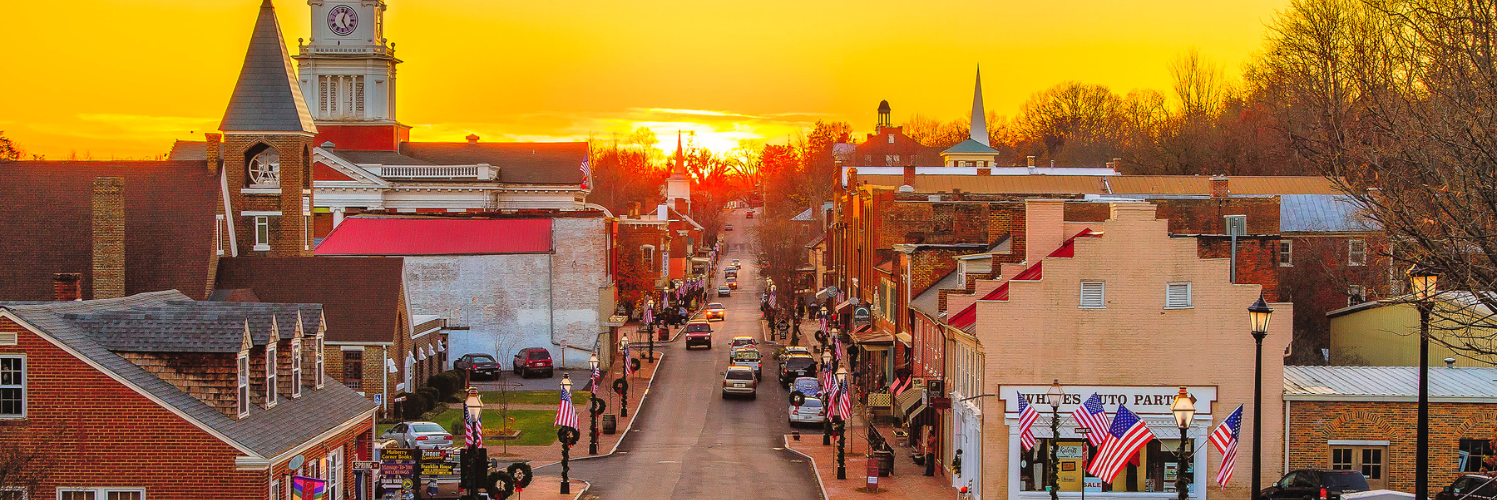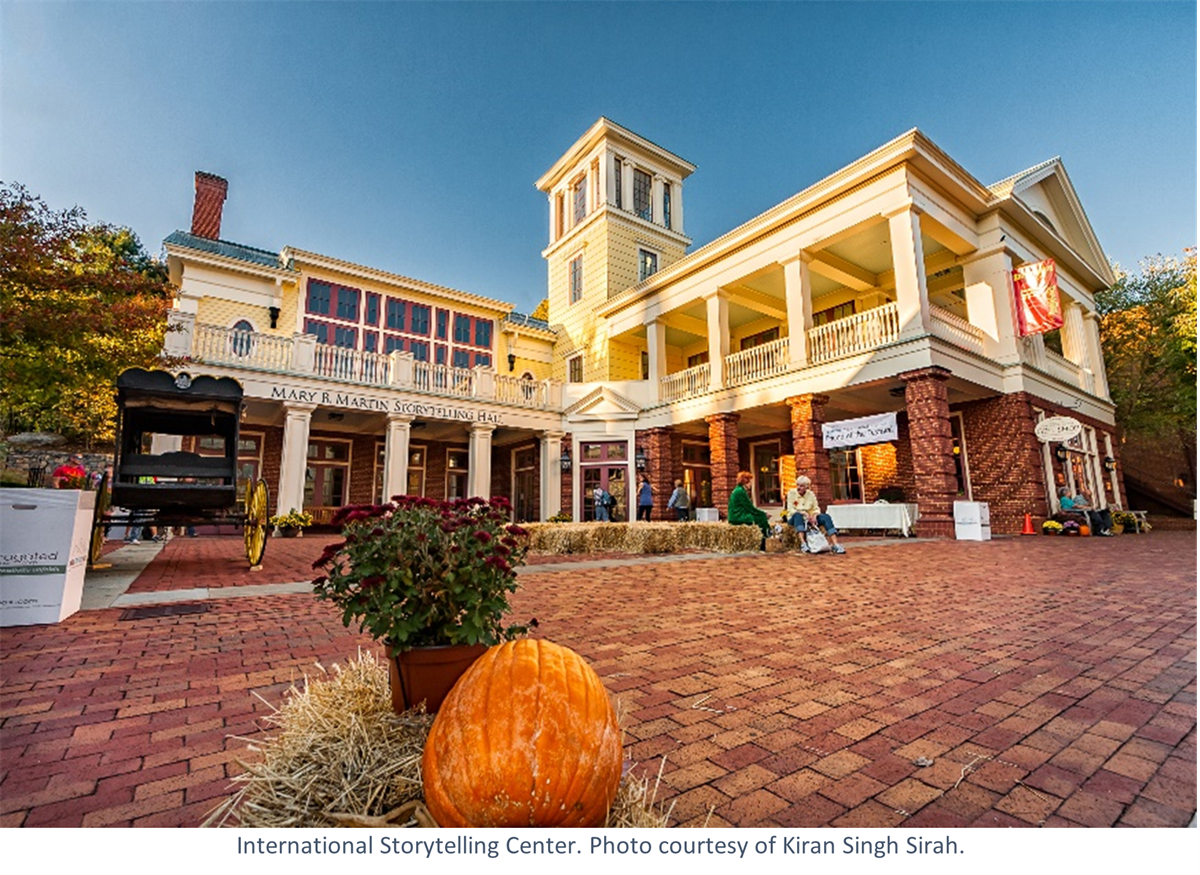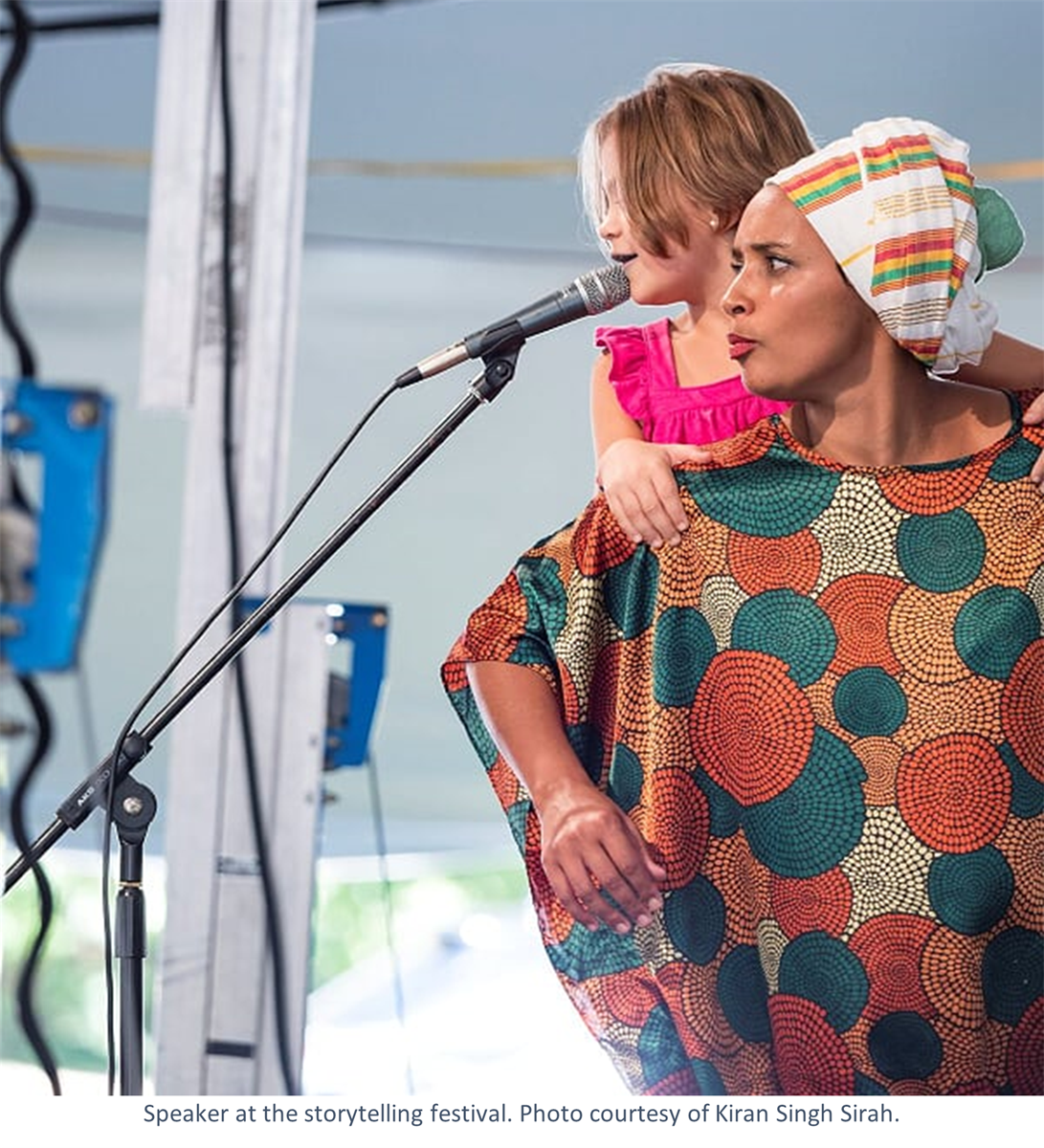Main Spotlight: The LGBTQ+ Community’s Role in Economic Vitality
LGBTQ+ business owners, workers, and customers have a significant impact on local economies. Learn how your community can foster belonging to support more inclusive economic growth.

Marion, Iowa © Tasha Sams
We work in collaboration with thousands of local partners and grassroots leaders across the nation who share our commitment to advancing shared prosperity, creating resilient economies, and improving quality of life.

Emporia, Kansas © Emporia Main Street
Made up of small towns, mid-sized communities, and urban commercial districts, the thousands of organizations, individuals, volunteers, and local leaders that make up Main Street America™ represent the broad diversity that makes this country so unique.

Chicago, Illinois © Main Street America
Looking for strategies and tools to support you in your work? Delve into the Main Street Resource Center and explore a wide range of resources including our extensive Knowledge Hub, professional development opportunities, field service offerings, advocacy support, and more!

Waterloo, Iowa © Main Street Waterloo
Your one-stop-shop for all the latest stories, news, events, and opportunities – including grants and funding programs – across Main Street.

Kendall Whittier — Tulsa, Oklahoma © Kendall Whittier Main Street
Join us in our work to advance shared prosperity, create strong economies, and improve quality of life in downtowns and neighborhood commercial districts.

The offices of the International Storytelling Center, where I work, are in a beautiful old building on Main Street in historic Jonesborough, Tennessee's oldest town. We're situated right next door to a perky log cabin called the Christopher Taylor House. Prominent, plainly marked, and meticulously maintained with funds from preservation grants, this structure is the oldest building in Jonesborough.
The reason that Christopher Taylor House is famous is because a young lawyer named Andrew Jackson was a boarder there in 1788, some 40 years before he went on to become our country's seventh president. You might think, to look at it now, that the cabin is a natural focal point in the town. You have to walk right by it to get to most of the town's amenities. But the cabin's pride of place in our collective consciousness—geographically and narratively—is in many ways an artificial construction. Or to put it another way: it is a fib, or even a lie. The cabin was originally built and located in an entirely different part of town, about a mile from where it sits today.

Also on Main Street, just a few doors down, another historic location sits, usually undisturbed by visitors. This rather unremarkable looking yellow house held the original printing press for The Emancipator newsletter, the nation's first anti-slavery publication. The yellow house doesn't really attract tourists like the Christopher Taylor House does. And more broadly, in the context of our nation's history, it has been obscured by the more famous newspaper of the same name, which was launched later in New England.
Our little street contains its own history lesson on how the past is often taught here in the United States. We have a troubled history of celebrating our white protagonists while refusing to acknowledge their faults and deeds. And we sometimes flatten complicated stories about people who fought hard for change. But I believe that the tide is changing, and that people are hungry for meaningful discussions about the past. They seek the richness and understanding that comes with honesty.
All of us are in a privileged position to facilitate that discovery and dialogue. Sometimes people think of this as a task or a chore, but it's really an exciting opportunity.
I sometimes refer to the work of centering under-told stories as "examining the thumbprints." The phrase comes from an experience I had when I first came to the U.S. as a graduate student, about 10 years ago, when I was visiting a historic plantation near North Carolina. Of course the guided tour started at the "big house" where the white overseers had lived. We walked through these carefully preserved spaces, paying careful attention to the details of the architecture and the dining room sets that had been made of wood imported from England. We spent most of our time on that tour in the big house.

I noticed that as our tour group moved across the property, we heard fewer stories and examined fewer details. We made our way to a big barn where tobacco had been stored. Adjacent to it was a small structure that was probably a slave dwelling. As I examined the cement and the brickwork, I could see a thumbprint and I wondered who it belonged to. Was it someone who had lived here? And what was their story?
No one knew. But I think the tour would have been so much more interesting and offered much-needed perspective if we had started with that anonymous thumbprint instead of putting so much emphasis on the big house.
In storytelling, and in general, an important part of our job is "examining the thumbprints." They shouldn't be an afterthought. Part of the problem is that such stories can be hard to see. Also, it is very rarely pleasant or self-flattering work! On the plantation, talking about the thumbprint would have been an entirely different conversation than admiring the decorative furniture in the big house.
What does it mean to honor the past (especially the parts of the past that aren't honorable)? We need to find a way to remember the stories that are difficult alongside the brighter parts of our collective histories. Stories don't just preserve culture; they also invigorate it. So stories about bad things can do a lot of public good. They can bring up memories and inspire us to connect with people we may have felt isolated from before. They can help us understand who we are as people, and how we relate to other people in the world around us.
Culture belongs to everyone. But we have a lot of work to do in terms of making it feel that way to everyone. That work requires the patience and willingness to hear and share stories that make us uncomfortable or even upset alongside the ones that make us feel warm and happy.
Years ago, for this blog, I wrote about how Jonesborough transformed from a crumbling Main Street town into the "Storytelling Capital of the World." One of our emphases and challenges now is in trying to make sure we're telling the stories of everyone in a way that's equitable and inclusive.


There is still time to join the International Storytelling Center for the 50th annual National Storytelling Festival — virtually speaking! The virtual Festival begins October 28th, after which you’ll have four weeks to watch a collection of shows and special events filmed live in Jonesborough. The world is a better place when we all make time to listen.